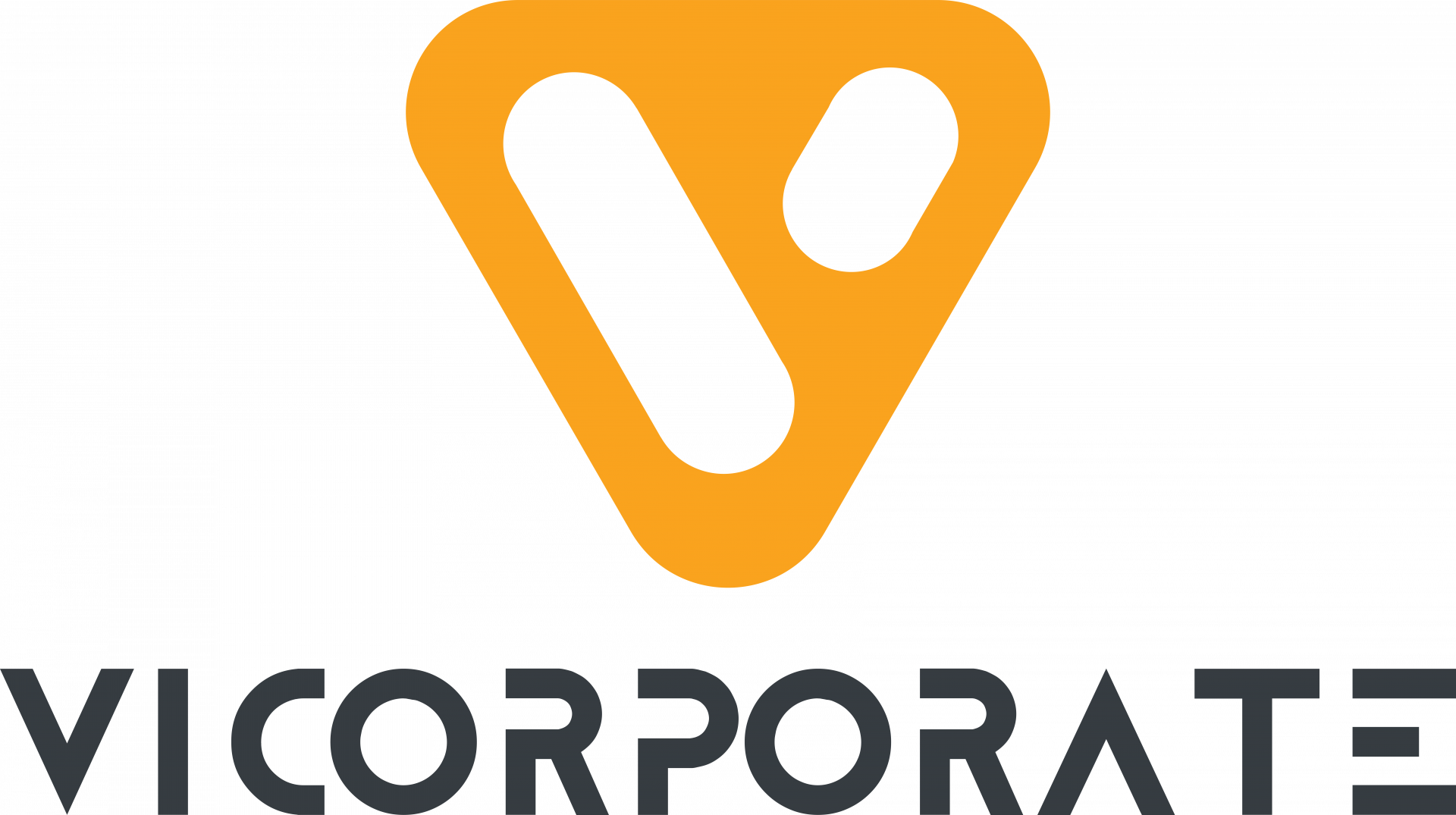SEM: Your Guide to Boosting Online Visibility
In today’s digital world, businesses need to be visible online to reach their target audience and achieve their marketing goals. Search Engine Marketing (SEM) is a powerful tool that can help you achieve this. SEM involves using a variety of techniques to improve your website’s ranking on search engine results pages (SERPs). This means that when people search for keywords related to your business, your website will appear higher in the search results, making it more likely that they will find you.
What are the two main types of SEM?
There are two main types of SEM: Search Engine Optimization (SEO) and Pay-Per-Click (PPC) advertising.
- SEO: SEO involves optimizing your website’s content and structure so that it is more likely to be ranked highly by search engines. This includes using relevant keywords, creating high-quality content, and building backlinks from reputable websites.
- PPC advertising: PPC advertising involves bidding on keywords related to your business. When someone searches for one of these keywords, your ad will appear at the top of the search results. You will only pay for your ad if someone clicks on it.
Why is SEM important for businesses?
SEM is important for businesses because it can help you to:
- Reach a wider audience: SEM can help you to reach a wider audience of potential customers, including people who are actively searching for products or services like yours.
- Improve your website’s conversion rate: SEM can help you to improve your website’s conversion rate by driving more qualified traffic to your site.
- Increase brand awareness: SEM can help you to increase brand awareness by making your website more visible to potential customers.
How can I get started with SEM?
If you are new to SEM, there are a few things you can do to get started:
- Research your target audience: The first step is to research your target audience and identify the keywords they are using to search for products or services like yours.
- Optimize your website for SEO: Once you know your target keywords, you can start optimizing your website for SEO. This includes using relevant keywords in your website’s content, title tags, meta descriptions, and header tags.
- Create high-quality content: Creating high-quality content is essential for both SEO and PPC. This means creating content that is informative, engaging, and relevant to your target audience.
- Build backlinks: Backlinks are links from other websites to your website. They are a signal to search engines that your website is trustworthy and authoritative.
- Consider using PPC advertising: PPC advertising can be a great way to get started with SEM, especially if you have a limited budget.
How can I measure my SEM success?
There are a few key metrics that you can use to measure your SEM success:
- Website traffic: This is the number of visitors that come to your website from search engine results.
- Conversion rate: This is the percentage of visitors who take a desired action on your website, such as making a purchase or filling out a form.
- ROI: This is your return on investment. It is calculated by dividing the revenue generated from your SEM campaigns by the cost of those campaigns.
By tracking these metrics, you can see how well your SEM campaigns are performing and make adjustments as needed.




